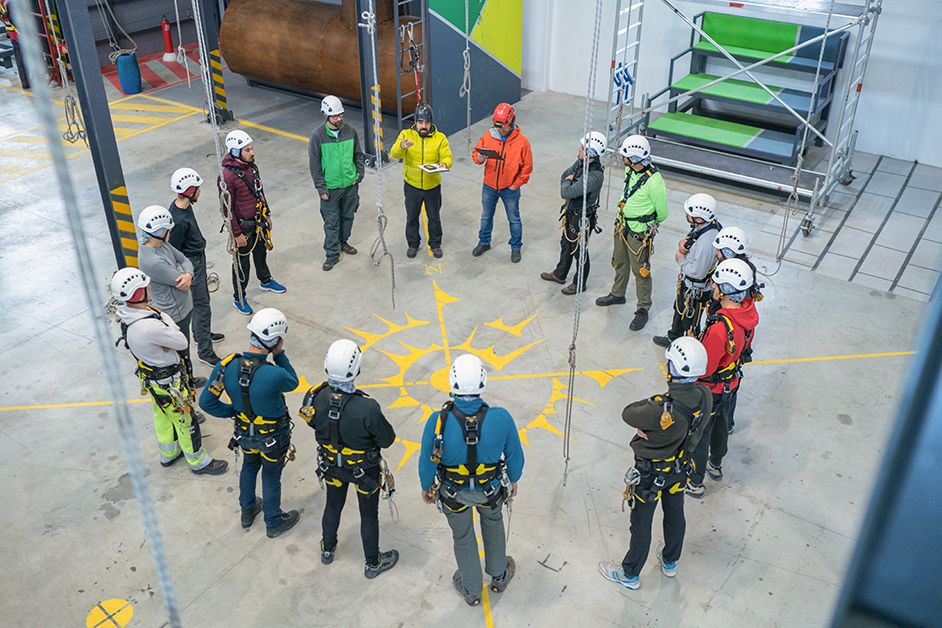In today's fast-paced and ever-changing construction industry, ensuring the safety of your workforce is more critical than ever. Senior managers, CEOs, and VPs of operations and safety often place significant emphasis on training as the primary solution for preventing serious injuries and fatalities (SIFs). However, this reliance on training alone reveals a glaring blind spot that can set workers up for failure.
Pilots Use Checklists for a Reason. Training is undoubtedly essential, but it's not a silver bullet. Consider the rigorous training airplane pilots undergo. Despite their extensive experience and thousands of flight hours, pilots still rely on detailed checklists for every flight. This practice is grounded in the science of human cognition, recognizing that short-term memory has its limits.
Research by George Miller and subsequent studies indicate that the human mind can only hold about four items in short-term memory at once. Without job aids or checklists, expecting workers to flawlessly remember and execute numerous safety protocols is not only unrealistic but dangerous.
Real-World Work Varies Greatly. In the construction industry, the gap between work as imagined, work as planned, and work as done is vast. Variations arise from different crew skill levels, the quality of tools, and dynamic site conditions. A rigid reliance on training overlooks these complexities and fails to provide workers with the real-time support they need.
Equip Workers with Real-Time Tools. To bridge this gap, it's crucial to implement just-in-time knowledge systems. These systems equip workers with real-time access to critical information and practical checklists, reducing the cognitive load and ensuring safer execution of tasks.
Empower Immediate Feedback and Adjustments. Moreover, empowering workers with processes like the "andon cord" system—beyond the traditional stop work authority—allows for immediate feedback and adjustments. This adaptability is essential in responding to the unforeseen variations that are commonplace on construction sites.
Design Systems for Human Limitations. Effective safety management goes beyond training. It involves comprehensive planning, preparation, execution, and closeout phases, incorporating both direct and indirect controls to address variability and ensure safety. Expecting human behavior to be flawless is unrealistic; instead, we must design systems that account for human limitations.
Best Practices for Safety Success
- Implement Just-in-Time Knowledge Systems: Equip workers with real-time access to information and checklists, reducing reliance on memory alone.
- Develop Adaptive Processes: Create mechanisms like the andon cord for immediate feedback and adjustments.
- Focus on System Design: Design systems that account for human limitations and variability in execution.
- Enhance Training with Job Aids: Supplement training programs with practical tools and aids for field use.
- Engage Workers in Safety Processes: Foster a culture where workers actively participate in evaluating and improving safety processes.
Conclusion
Senior managers, CEOs, and VPs must recognize that effective safety management requires more than just training. By addressing these gaps and implementing comprehensive systems and adaptive processes, you can ensure that your workforce is truly set up for success, not failure. Embrace these best practices and lead the way in creating safer, more productive construction sites.
We at JW Toups have the knowledge and the tools to promote safety in your workplace following the principles presented. If you would like to know more, get in touch with us today.


Leave a Comment